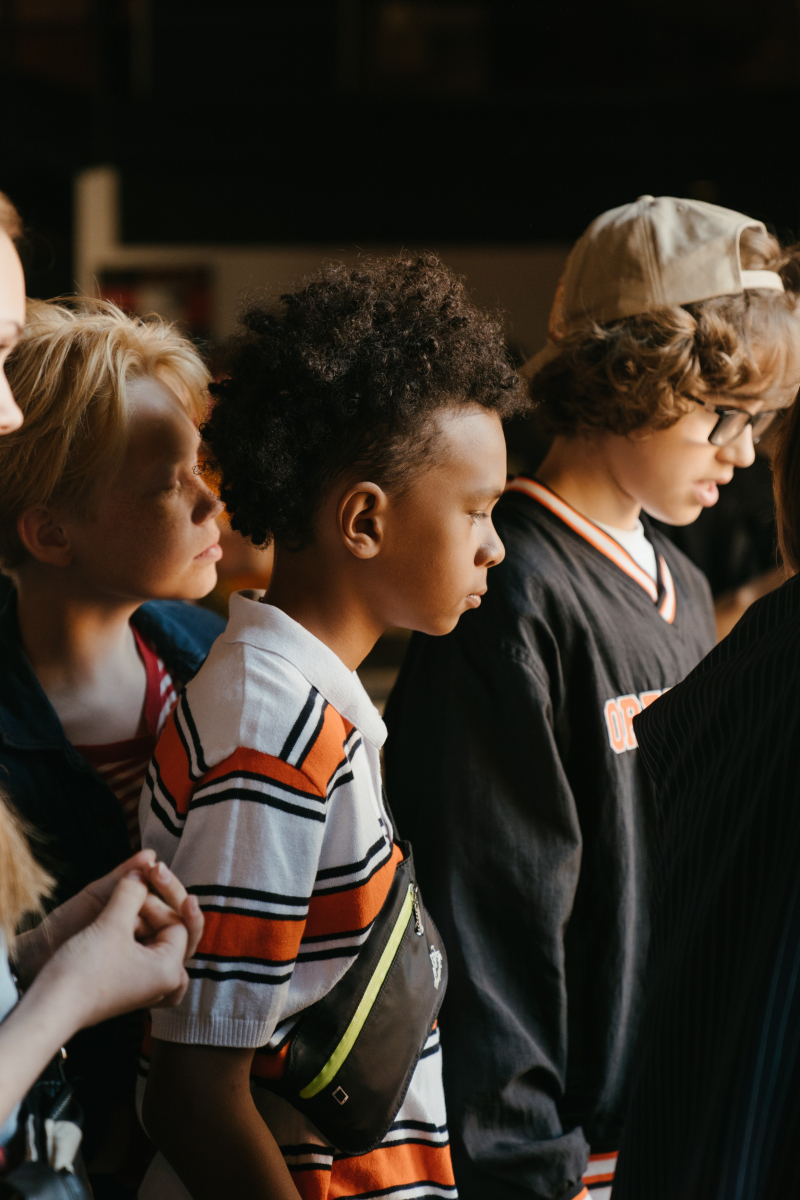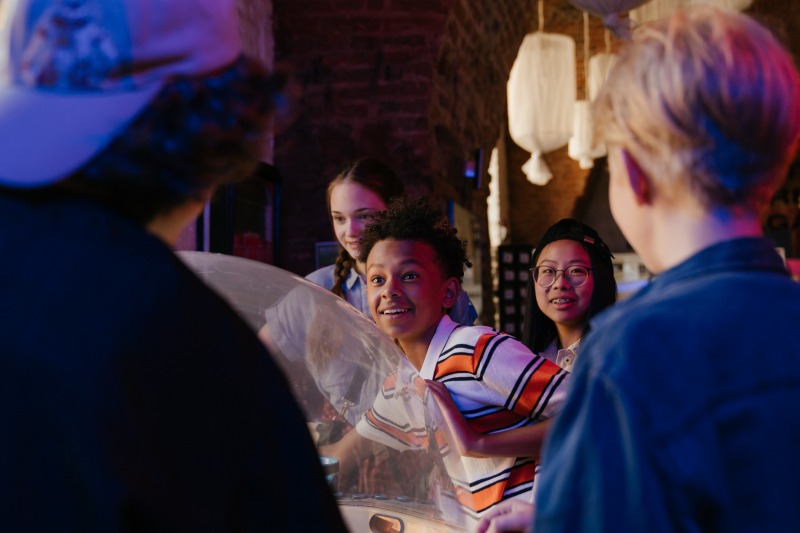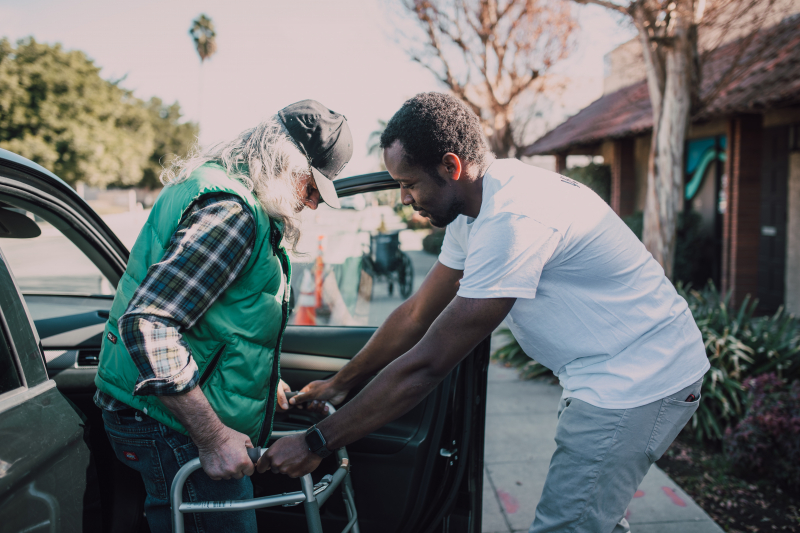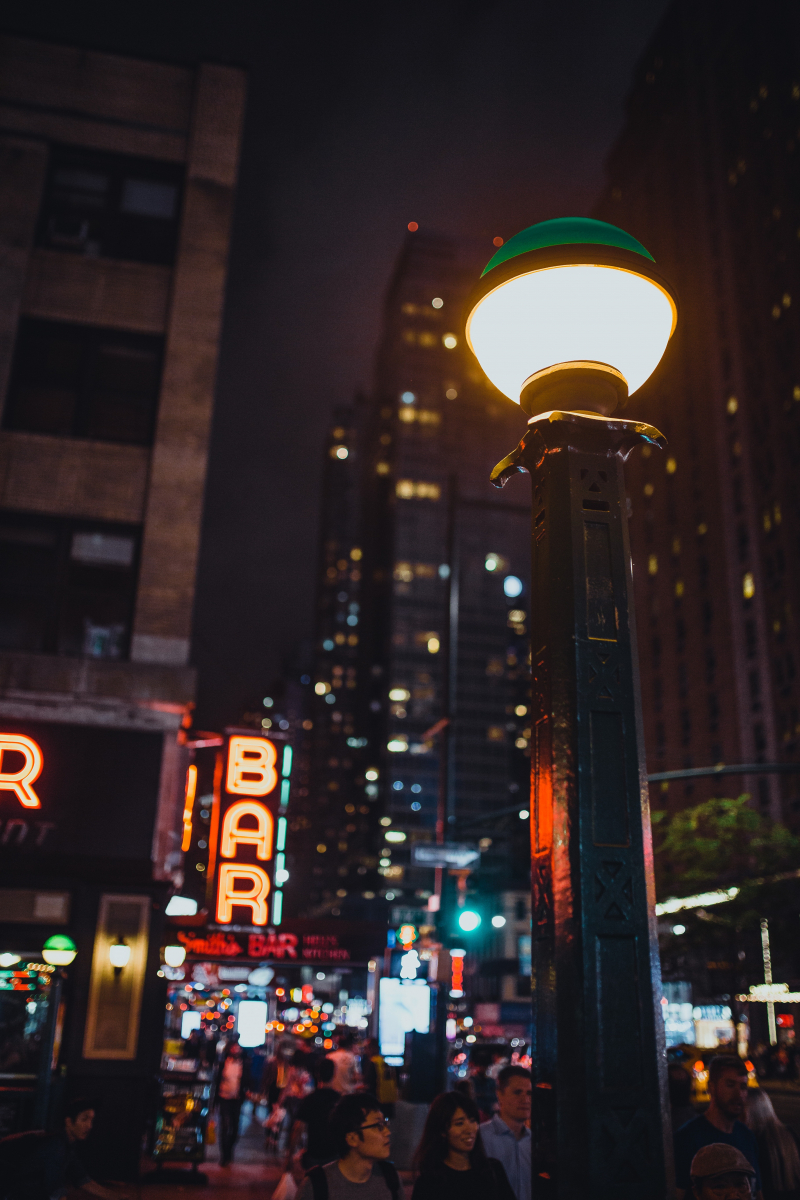Top 10 Policies that Reduce Crime
Americans' fundamental, primitive fear of crime will never go away. Their press outlets will guarantee that. They will worry that the country as a whole is ... read more...headed downhill even if crime in their area completely disappears. In spite of the fact that crime has been declining since the 1990s, a 2019 Gallup poll found that 78% of respondents thought it was increasing nationwide while just 38% thought it was increasing locally. A pandemic was present, yes. So you'd think there would be lots of open mindedness towards potential solutions when so many people live in constant fear of becoming a victim of crime. So, please, keep an open mind while you consider these prospective options. They have undergone extensive testing and research. So even if they seem fantastical, unbelievable, or motivated by an agenda, they are supported by logical, factual analysis.
-
The concept of Universal Basic Income was first brought to the public's attention by Andrew Yang's bid for the Democratic Party presidential candidate in 2020, but it has actually been discussed since studies were conducted in Denver and Seattle under President Nixon. The Eastern Band of Cherokee in North Carolina and Americans living in Alaska have experienced it as well since 1982.
Everywhere guaranteed income has been implemented, the rate of crime, especially property crime, has significantly decreased. Fortunately, it has also been discovered to strengthen social ties, reduce stress, and enhance general health by lowering the cost of doctor visits.
All of this occurred without any of these experiments having an impact on the workforce participation rate. Although evidence from a 2003 Mexican poverty program strongly suggests that inflation fears are overblown, there are still reasonable concerns like inflation, but the potential as a crime deterrent justifies at the very least further testing.

Image by Alexander Mils via pexels.com 
Image by Pixabay via pexels.com -
Many people, including Charlton Heston in the 2002 film Bowling for Columbine, will argue that ethnic diversity causes tensions that raise crime rates. The research suggests that the fact is somewhat closer to the reverse, just like with violent video games. According to Sefa Churchill and Emmanuel Laryea, who examined data trends from 78 nations for their 2019 paper "Crime and Ethnic Diversity: Cross-Country Evidence," this is the case.
They discovered that, regardless of whether it was an issue of language or ethnic variety, crime rates were often lower among more diverse populations to a degree that was outside the usual margin for error. By the way, this was contrary to what Churchill and Laryea predicted, who admitted in the abstract that their findings were "counterintuitive."
Linguistic diversity was actually more advantageous in a number of categories. For instance, when comparing larceny offenses, linguistically diverse communities showed a 9.8% lower rate of crime whereas ethnically diverse groups saw an 8.4% decrease. Overall, ethnic variety was better for society than linguistic diversity, as evidenced by the fact that the homicide rate was 1.62% lower in linguistically varied societies but 6.38% lower in ethnically diverse ones. But any measure that reduces homicide rates by even one victim is unquestionably worthwhile when it comes to this crime.
Image by cottonbro studio via pexels.com 
Image by cottonbro studio via pexels.com -
Prison serves many people's desire to punish those who have committed crimes just as much as it serves their desire to stop crime. However, from a practical standpoint, there is no contest for those who are more concerned with deterring crime and recidivism. According to Audrey Bazos and Jessica Hausman's 2004 report, "Correctional Education as a Crime Control Program," whereas investing $1,000,000 in a larger prison system on average averted 350 crimes, the same sum was used to stop 600 crimes of a similar severity through correctional education.
Currently, there are issues with how jails regulate the education that criminals receive. For instance, according to a 2017 article by Mother Jones, two books by David Duke, the former leader of the Klan, were permitted into the same system despite the fact that Freakonomics had a statement from a member of the organization that led the Ku Klux Klan. Since the 2008 financial crisis, funding for prison libraries has also been drastically reduced countrywide.For example, the state of Illinois reduced its annual prison library budget from $750,000 in the early 2000s to $276 for 28 facilities by 2017. Sadly, it appears that the US jail system is either letting this chance pass them by or is at the very least being incredibly sloppy with it. Get a copy of Return of the Living, ski's post-apocalyptic supernatural comedy, right away to put it to the test for yourself.

Image by RODNAE Productions via pexels.com 
Image by RODNAE Productions via pexels.com -
This entry should appeal to anyone who thought the prior submissions were mostly hippy dippy. However, it is corroborated by a 2013 study from Pennsylvania State University that looked at 182 counties in New York, California, and Texas. The study discovered that lower crime rates were associated with higher percentages of people who identified with organized religion among poor white, Black, and Latino communities.
This has been proven over the years several times. The Houston Chronicle reported in 2011 that 247 investigations out of 273 randomly selected studies conducted between 1944 and 2010 revealed a similar outcome. Only two of the same sample's researchers discovered a correlation between organized religion and crime.
The research has only shown an advantage for communities with organized religion that strengthens a feeling of community, it must be underlined. According to the PSU study, the crime rate was actually noticeably higher among those who classified as spiritual but not religious than it was among non-religious people. It would have to be very orthodox and collectivist in approach if a government body were to undertake a policy of promoting religion.

Image by Mehmet Turgut Kirkgoz via pexels.com 
Image by Jess Loiterton via pexels.com -
It turns out that the long-held belief that classical music increases children's intelligence is untrue. Businesses and other institutions are still perfectly justified in playing older music to children. It's true that it's a very pessimistic one.
A station run by Transport for London started playing classical music as an experiment in 2003 because of the high rate of petty crime there. Robberies decreased by 33% and vandalism by 37%. Businesses in the UK and the US copied it, including a McDonald's on the Isle of Wight in 2019. Its success was attributed to the loudspeakers' use of Bach and Vivaldi, which gave the places a stuffy, old-fashioned appearance.
This forces the young people to flee the neighborhood because it makes people feel "uncool." Obviously, this is being advocated more as a corporate strategy than as a government initiative since, despite what the senior folks may think, it's usually not good for cities and towns to push all the youth out.

Image by Pixabay via pexels.com 
Image by Aramis Cartam via pexels.com -
Now, whenever a young mass shooter occurs in America, violent video games are always cited as the culprit. However, there is a lot of proof that playing popular, violent video games can have good, transient consequences. Therefore, it appears that the several times that game content filtering has been suggested have been ineffective.
Crime rates steadily decreased in the years following the advent of popular violent video games like those in the Grand Theft Auto series, according to a 2014 study published by the American Psychological Association. According to research done in 2011 by the University of Baylor and the Centre for European Economic Research, violent video game sales increase by 10% without increasing crime by more than 1%.
The unfortunate conclusion was that society profited from how the games kept individuals whose brains hadn't fully developed too occupied with a constructive activity to go out and commit crimes, which still seems preferable to the alternative.

Image by Ron Lach via pexels.com 
Image by Ketut Subiyanto via pexels.com -
Given that parks in cities are frequently regarded as hotspots for criminal activity, this may be the first one that many readers will find dubious. That's in large part because it's accurate: According to a 2015 study, violent crime was up to 11 times more prevalent in parks and the neighborhoods around them than it was in areas without parks.
It is necessary to comprehend the difference between "parks" and "green spaces" for this reason. Green spaces are simply little patches of vegetation that are used to highlight buildings, plazas, and other urban locations rather than larger areas of relative forestry, such as a row of trees as opposed to a realistic grove of them.
According to studies, little green spaces can reduce crime in neighboring buildings by up to 52%. Even parks can be transformed from places where crime thrives into places where crime is discouraged if they receive regular care and scheduled community events. The news may not be the most energizing for park enthusiasts, but they can nevertheless find comfort in the fact that, if practiced in moderation, their enthusiasm can benefit a city.

Image by Ksenia Chernaya via pexels.com 
Image by Maria Orlova via pexels.com -
This may seem like a very general statement that could potentially overlap with item 10, but the evidence in favor of a robust support policy for nonprofit organizations is entirely independent and fairly specific. It originates from a 2017 New York University study titled "Community and the Crime Decline," which contained information from 264 people between 1990 and 2013. According to research, murder decreased by about 0.9%, violent crime in general decreased by 0.6%, and property crime decreased by 0.4% in cities with a population of about 100,000.
There is evidence that nonprofit organizations are effective at assisting high-crime areas all around the world, even in the most terrifying settings. Consider the Colombian city of Medellin, where Pablo Escobar was born and which earned the moniker "Machine Gun City" due to its propensity for violence. According to a 2017 CNN story, the active library expansion and all the related community programs were altering the entire character of the area that seemed hopeless.

Image by RODNAE Productions via pexels.com 
Image by RODNAE Productions via pexels.com -
In the past, Toplist lists have expressed some rather negative views on light pollution. Our writers, however, are prepared to accept both the good and the bad. A specific study that offers some very useful information on the situation promises a significant decrease in crime, which sounds like a very good thing indeed.
The New York City Housing Authority, the New York City Police Department, and the research organization Crime Lab published their findings on a six-month study of 80 communities with more than 80,000 residents in 2018. When the amount of lights was dramatically increased in certain communities, they discovered a 39% decrease in violent crime.
These included high-priority areas whereas few as 21% of the locals claimed to feel secure while out and about at night. The study was notable for being supported by thirteen additional ones carried out in the US and the UK, however the size of those additional studies and the level of crime decline they discovered were both substantially smaller, averaging only 27%. Although it seems strange to use the word "only" in any context while discussing a 27% drop in crime.

Image by Karol D via pexels.com 
Image by Guilherme Rossi via pexels.com -
In terms of politics, the debate over whether or not school lunches should be free is surprisingly divisive (or at least it would be anywhere except in the USA). What is far more obvious is that giving away food to the hungry has had measurable impact as a crime deterrence. A 2016 research of 35,000 adults indicated that white and Hispanic males who self-reported frequently going hungry as children were roughly three times as likely to be violent than those who did not, while among black respondents it was about fifty percent more probable.
This is not to claim that simply providing more food to the poor is a definite solution; in fact, if some counterbalanced measures are not taken, it could backfire. According to a five-year study by Chelsea Singleton of the University of Illinois Urbana-Champaign, communities of all races saw increases in violent crime when there were high rates of obesity and physical inactivity. Any dietary plan appears to require a supplementary program to help burn off much of those calories.
Image by Ella Olsson via pexels.com 
Image by Jane Doan via pexels.com































